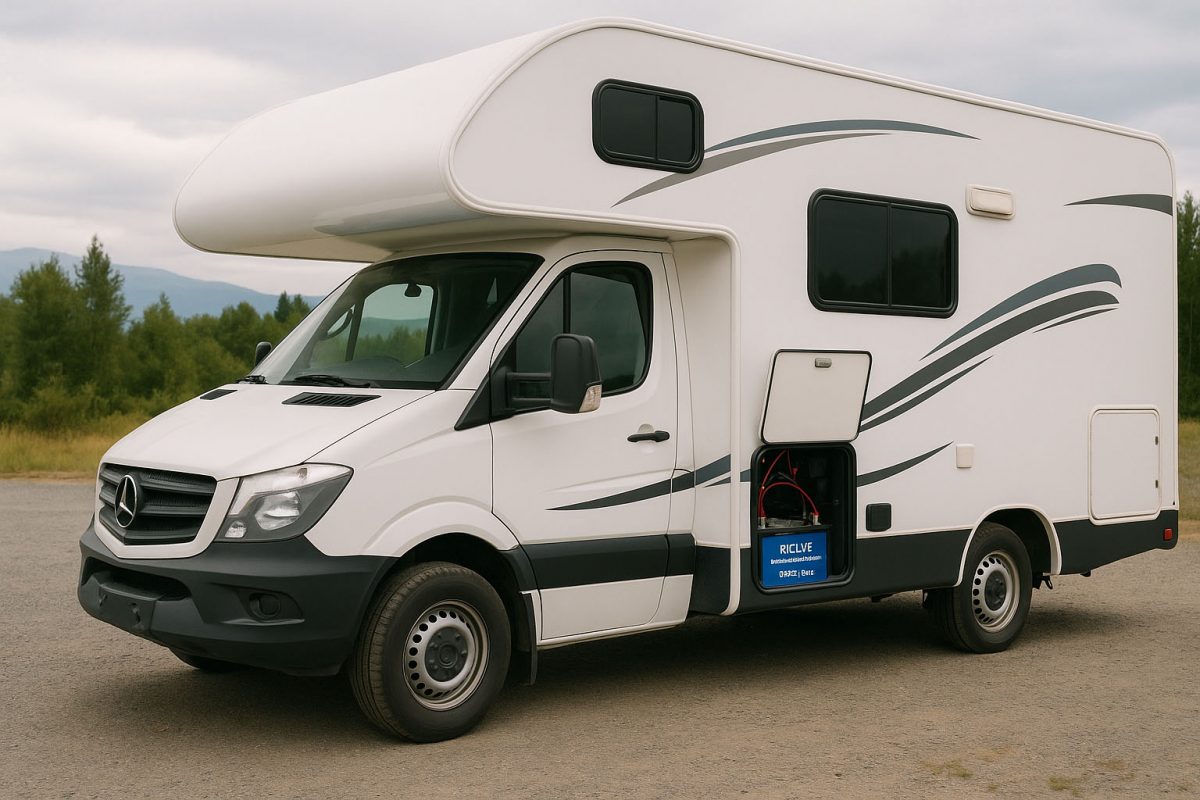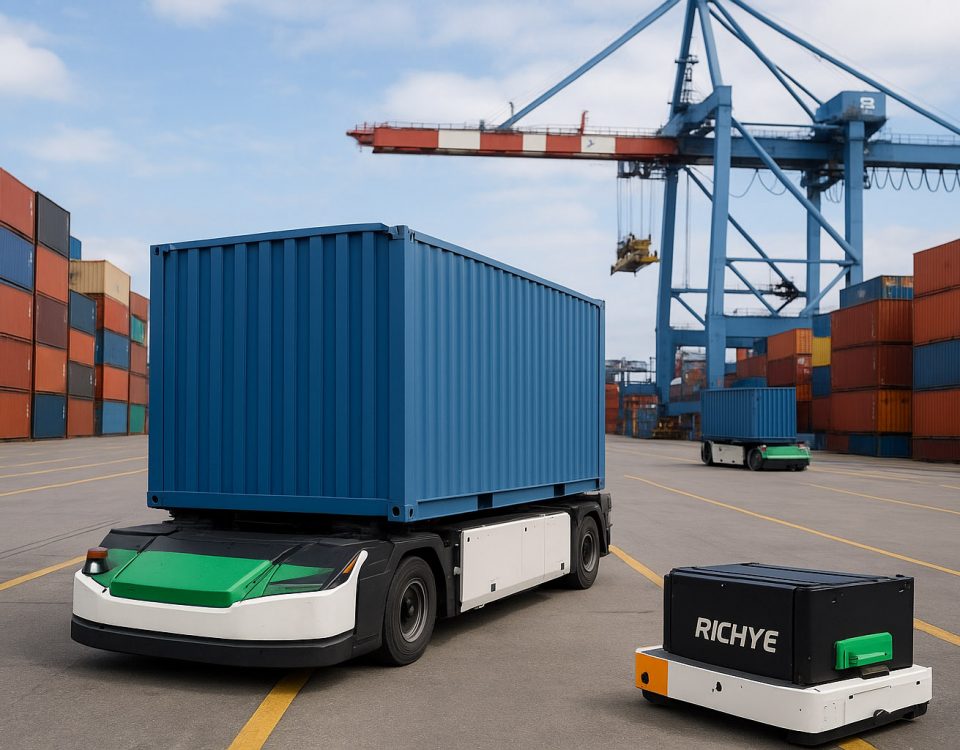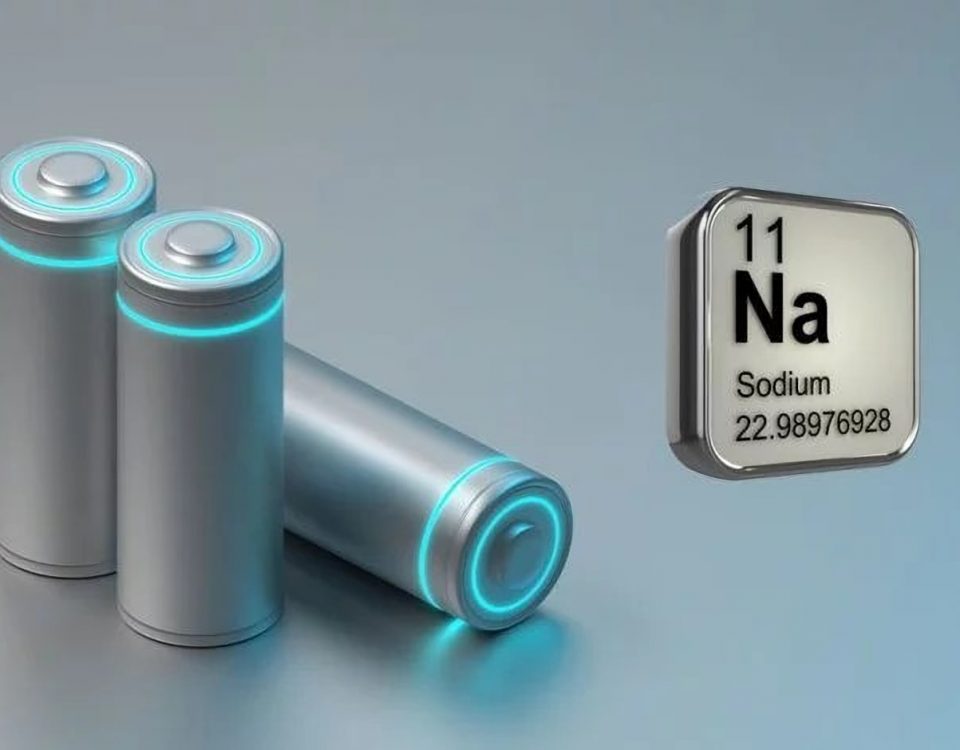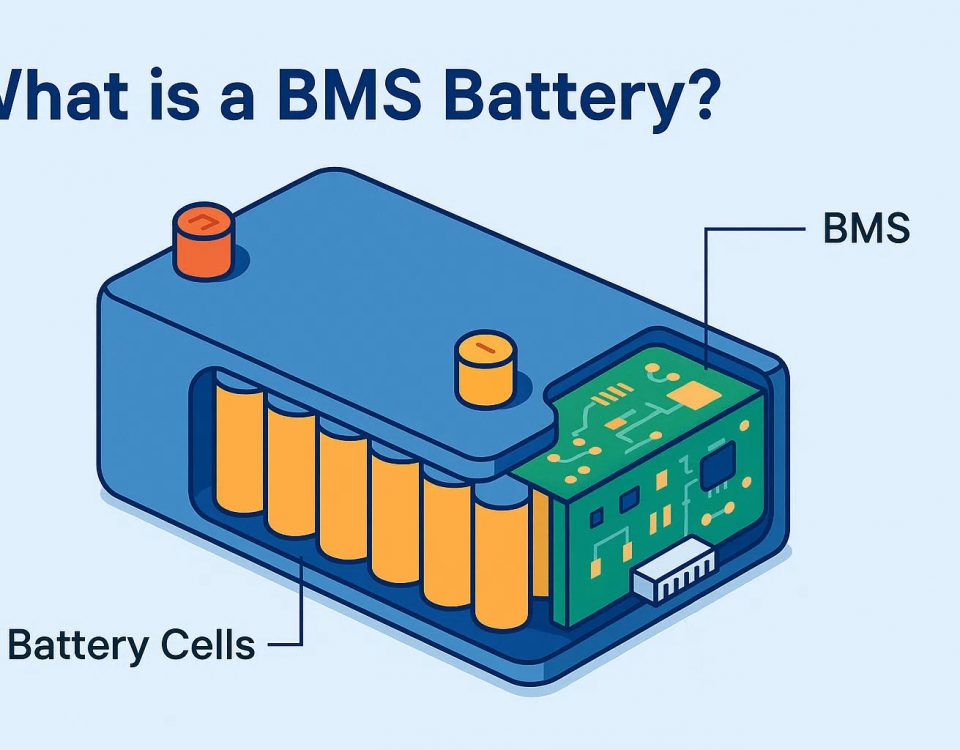Expert Tips and Next‑Gen Technologies to Keep Your RICHYE Power Bank Thriving on the Road
Owning an RV is all about freedom—chasing sunsets, discovering hidden trails, and embracing off‑grid living. Yet nothing saps the spirit of adventure faster than a depleted battery. To enjoy reliable power for lights, appliances, and electronics, you must treat your RV’s energy bank with respect and knowledge. In this guide, we’ll cover actionable practices—from understanding battery chemistry and optimizing charging routines to smart monitoring and future‑proof upgrades—so you can squeeze every amp‑hour from your RICHYE battery bank and stay powered longer between charges.
1. Know Your Chemistry: Lead‑Acid vs. LiFePO₄
Before diving into maintenance tactics, identify your battery type—because care strategies differ dramatically:
-
Flooded Lead‑Acid: The traditional, low‑cost choice, but prone to sulfation if left discharged. To maximize life, avoid discharging below 50 percent Depth of Discharge (DoD) and perform regular equalization.
-
AGM/Gel Sealed Lead‑Acid: These maintenance‑free variants resist spills and accept deeper discharges (up to 70 percent DoD) more gracefully, but still suffer accelerated wear when routinely discharged deeply or exposed to high temperatures.
-
Lithium Iron Phosphate (LiFePO₄): The premium option favored by modern van‑lifers and RV enthusiasts. With 80–90 percent usable capacity, over 3,000 cycles at 80 percent DoD, and excellent thermal stability, LiFePO₄ demand specialized charging profiles but reward you with unmatched longevity.
2. Why RICHYE LiFePO₄ Batteries Are a Game‑Changer
RICHYE is a professional pin lithium manufacturer whose LiFePO₄ products excel in quality, performance, safety, and price. Through rigorous cell‑level testing, advanced thermal management, and precision‑engineered Battery Management Systems (BMS), RICHYE batteries deliver consistent power under the harshest conditions—whether you’re boondocking in desert heat or navigating alpine passes. Their robust design and transparent warranty terms make RICHYE the trusted choice for serious RV adventurers.
3. Charging Best Practices
Multi‑Stage Charging
A true three‑stage charger—bulk, absorption, then float—ensures cells reach full capacity without overcharging:
-
Bulk: High current brings the battery to roughly 80 percent state of charge (SoC).
-
Absorption: Slows current to safely hit full voltage.
-
Float: Maintains full charge at a low current, preventing self‑discharge.
If you’ve upgraded to LiFePO₄, verify your converter/charger supports a dedicated lithium charging profile. Using a lead‑acid profile on lithium cells can cause under‑charge or dangerous over‑voltage.
Avoid Under‑Charging
Leaving batteries at partial charge leads to sulfation in lead‑acid and cell imbalance in LiFePO₄ packs. After each camp, hook up shore power long enough to float‑charge your bank to at least 90 percent SoC. This simple step extends cycle life and maintains accurate SoC readings.
Moderate High‑Rate Charging
While LiFePO₄ can handle higher currents (1C–2C), excessive fast‑charging stresses connectors and BMS components. Aim for charging rates between 0.5C and 1C—enough for quick top‑offs without undue strain.
4. Temperature Management
Keep It Cool
Heat accelerates chemical degradation. Install batteries in a well‑ventilated, insulated compartment or inside the coach’s chassis with airflow directed across the cells. Avoid direct sunlight on housings.
Guard Against Freezing
Below 32 °F (0 °C), lead‑acid electrolyte can freeze and LiFePO₄ cells risk lithium plating during charging. If winter boondocking, use battery heater pads or insulation wraps, and configure your BMS to inhibit charging below 32 °F until cells warm.
5. Minimize Parasitic Draws
Hidden currents from alarms, stereo clocks, inverter standby, and control board LEDs can add up to 1–3 amps per hour. Over 24 hours, that stealth drain may consume up to 72 Ah. To curb these losses:
-
Install Master Disconnect Switches: Use heavy‑duty battery disconnects or dedicated circuit breakers to isolate non‑critical circuits during extended off‑grid stays.
-
Unplug Phantom Loads: Detach devices like dashcams, phone chargers, and portable fridges when not in use.
-
Optimize Inverter Standby: If your inverter features a true zero‑draw mode, enable it; otherwise, switch it off entirely when boondocking.
By slashing parasitic losses, you effectively boost usable capacity by up to 20 percent—turning a 200 Ah bank into the equivalent of 240 Ah.
6. Embrace Renewable and Smart Charging Sources
Solar with MPPT Controllers
Modern MPPT (Maximum Power Point Tracking) controllers capture 20–30 percent more solar energy than PWM units. As a rule of thumb, size your solar array to provide 10–15 percent of your battery capacity in amps. For a 200 Ah bank, that means about 300–400 watts of panels paired with a 30–40 amp MPPT controller.
DC‑DC Charging from Alternator
A DC‑DC charger ensures safe, efficient charging of your LiFePO₄ bank from your vehicle’s alternator. It protects cells from voltage spikes and matches the precise lithium charging profile. For a 200 Ah pack, select a charger rated at 20–30 percent of capacity (40–60 amps).
Generator Integration
During extended cloudy periods, a portable generator (2–3 kW) coupled to your inverter/charger can refill the battery bank in a couple of hours. Operate generators at 50–75 percent load for optimal fuel economy and reduced engine wear.
7. Routine Maintenance and Health Checks
Even “maintenance‑free” systems benefit from periodic inspections:
-
Visual Inspection: Quarterly, open the battery compartment to check for loose connections, corrosion, or physical damage. Tighten terminals to factory torque specifications.
-
BMS Diagnostics: If your RICHYE pack features Bluetooth or CAN‑bus connectivity, review monthly reports on cell voltages, temperature logs, and balance currents. Variance between cells should stay within 0.02 volts.
-
Firmware Updates: Check twice yearly for BMS firmware upgrades. New versions often improve balance algorithms and add safety features.
-
Clean Environment: Keep compartment interiors and ventilation paths free of dust and debris, which can insulate heat and accelerate wear.
8. Planning for Future Upgrades
Staying ahead of the technology curve ensures your rig remains ready for new adventures:
-
Fast‑Charge Ready Cells: Next‑gen LiFePO₄ units now support 2C–3C charging, meaning a 200 Ah bank can hit 80 percent SoC in under 30 minutes. If rapid top‑offs matter, choose cells rated for high C‑rates.
-
Hybrid Energy Storage: Pair supercapacitors for peak‑load support with LiFePO₄ for sustained capacity, smoothing surges from air conditioners or induction cooktops.
-
Integrated Energy Management Systems: Advanced controllers can automatically prioritize solar, alternator, and generator charging, and log performance metrics to refine your setup over time.
Phần kết luận
Maximizing your Pin RV life blends chemistry knowledge, disciplined charging and temperature control, parasitic draw reduction, and proactive health checks. By applying these strategies—and relying on RICHYE’s industry‑leading LiFePO₄ solutions—you’ll enjoy consistent, worry‑free power no matter how remote your destination. Treat your energy bank with respect, and it will reward you with dependable performance across countless adventures.
Safe travels and happy boondocking!




